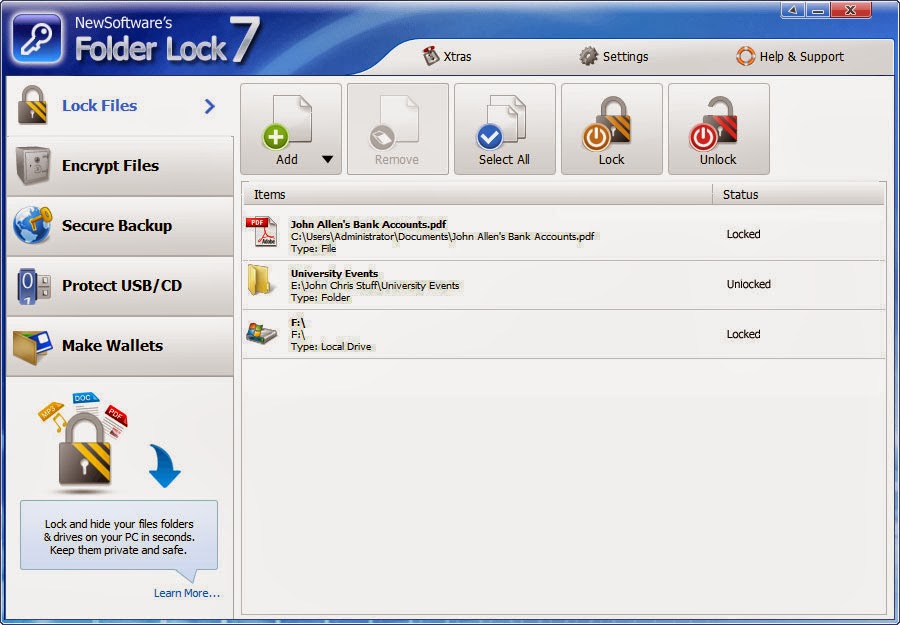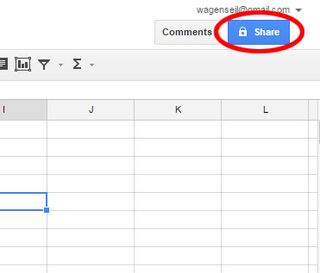

These can be a fun trip down memory lane in some cases-or they can spark a series of unwanted memories in others. Photo apps are constantly tossing together algorithmic albums, whether it’s “Snow Days,” or “Great Outdoors,” or a photo collection of selfies. How to get rid of (or at least tweak) memory albums To add photos to the hidden album, tap a photo, tap the three-dot icon, and then tap Hide. The ability to lock the hidden and deleted albums should be enabled on your iPhone by default, but if it’s not turned on for some reason, go to Settings > Photos and select the Use Face (or Touch) ID option in the “Hidden and Deleted albums” section. If you want to add more photos later, you can either come back to this screen or open a photo, tap the three-dot icon, and then tap Move to Locked Folder. Follow the on-screen directions and add photos to this album. Open the Google Photos app and tap Library > Utilities > Set Up Locked Folder. Thankfully, in both cases, photos you include in these special folders will not show up in any of the various AI-generated memories, albums, or whatever else, so aside from storing private photos, these folders are also a good place to tuck away anything you don’t want accidentally popping up on your Apple TV screensaver, say, or in a widget on your phone’s home screen. But a locked folder is still a step up from, well, nothing. That’s unfortunate for iPhone owners because if you want to keep those photos locked, you probably don’t want them online, no matter how secure the online storage allegedly is.

In contrast, photos you add to the hidden folder on iOS sync along with anything else you sync to Apple Photos. The reason is simple: Photos you put in your locked folder are not uploaded to Google Photos. Both allow you to create a folder in which you have to authenticate with either a fingerprint or your face to see the contents.īut Android’s locked folders implementation, which should be available on most Android phones running at least Android 12, is much better than Apple’s hidden album.

Set up and get to know your locked and hidden foldersĪt a glance, locked folders on Android and hidden albums on iOS are the same. Now is a good time to get to know how both of those features work, alongside a few of the other privacy tools that Apple and Google have built into their respective photo apps. It’s a tiny thing, but it makes the hidden folder feel far safer to store photos in, and it comes closer to Android’s (still superior) Locked Folder feature. Tucked away among the fancier new features in iOS 16 is a small but welcome addition: biometric locks on the hidden and deleted albums. Maybe it’s a particularly, uh, personal selfie, or perhaps it’s the directions to a top-secret party in the woods. Sometimes you want to snap a photo that’s just for you.


 0 kommentar(er)
0 kommentar(er)
